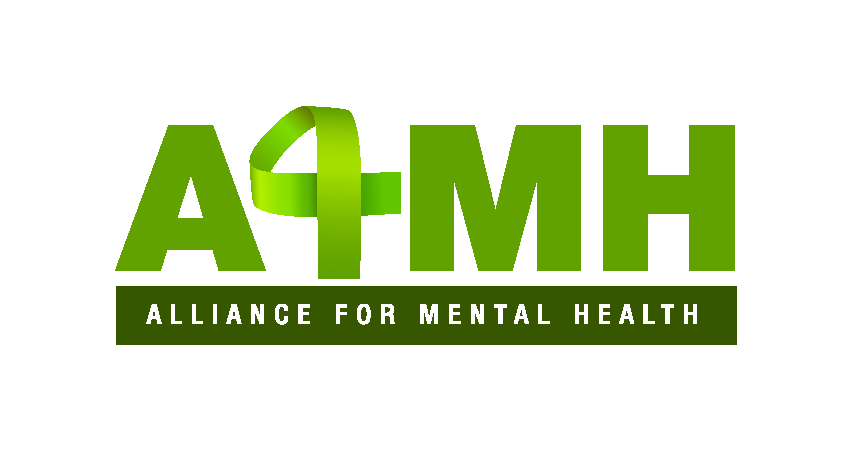
Suicide – Is CBT the answer? An Introduction
November 4, 2014
A Reflection on Leadership Style in Modern Organisations
November 18, 2014What are the challenges faced in the implementation of policy?
“Policy Implementation can be defined as the stage where government executes an adopted policy as specified by the legislation or policy action. At this stage, various government agencies and departments, responsible for the respective area of policy, are formally made responsible for implementation.” (Theodoulou & Kofinis, 2004).
It was only in the 1960’s, in the United States, that the difficulties that public policies met in achieving their stated objectives (implementation deficit) began to be noticed. And subsequently, by the early 1970’s the study of the implementation of policy emerged as an autonomous field within the broader discipline of public policy. Implementation research objectives can be described as both analytical (reconstruction of the implementation process and the study of efficacy) as well as prescriptive (stating the conditions to ensure the success of policies). According to the theoretical approach known as ‘Top-Down’, implementation presupposes the existence of an earlier stage; in which general decisions and objectives have been created, which are then actuated precisely through the implementation process. It would therefore be useful to evaluate the possible gap that exists between initial objectives and eventual results achieved, which would elucidate some of the challenges faced by policy makers in implementing policy. A closer examination of this approach reveals the conditions which policymakers rely on to ensure that objectives are achieved: the ease with which problems can be solved, the policy’s ability to structure its own implementation, as well as external variables such as consensus and socio-economic conditions. In reality, these preconditions are rarely present and therefore there are always a number of challenges in implementation of public policy.
Firstly, policymakers are seldom able to exercise stringent control on the implementation of their policies; moreover, the fidelity of implementation is not necessary, nor sufficient to ensure the effectiveness of policies. This is frequently the case with public policies, which may coincidentally reach their objectives thanks to the bureaucracy’s 'creative' role in implementing policy, or on the other hand may not reach them due the fact that bureaucratic mechanisms are frequently incapable of implementing policy created by decision makers. Secondly, at times, the content of policies is rather symbolic and therefore difficulties arise in the ‘real-world’ implementation process and often policies contain a multitude of goals, which may even be in partial conflict of each other; reflecting the conflicts that exist between the different actors involved in the formulation of policies. Another challenge is that policymakers may temporarily accept compromise for the sake of reaching an agreement, but many times hostilities resume during the phase of policy implementation; implementers of policy must solve problems that decision makers have left unresolved in the formulation of policy. Finally, there are situations where implementation occurs even in the absence of actual policies (policies are then approved making legal the implementation already carried out) or where there are multiple policies competing.
Drawing inspiration from the limits of the top-down approach, between the end of the1970s and early 1980s the bottom-up approach emerges, where the impact policies have on the issues they wish to address takes priority, as does the behaviour of decision makers, policy implementers and policy recipients involved. This new approach however, also has its challenges. Firstly there is the risk of underestimating the ability of decision makers to influence objectives, preferences and strategies. Secondly, the evaluation of policy outcome will invariably be highly subjective, since previously stated objectives of the policy are no longer the starting point.
An ideal situation would arise if the strengths of the two approaches could be combined and merged to create an approach which would suffer from fewer limitations to those models previously used and would therefore minimise the challenges faced in the implementation of policy.

